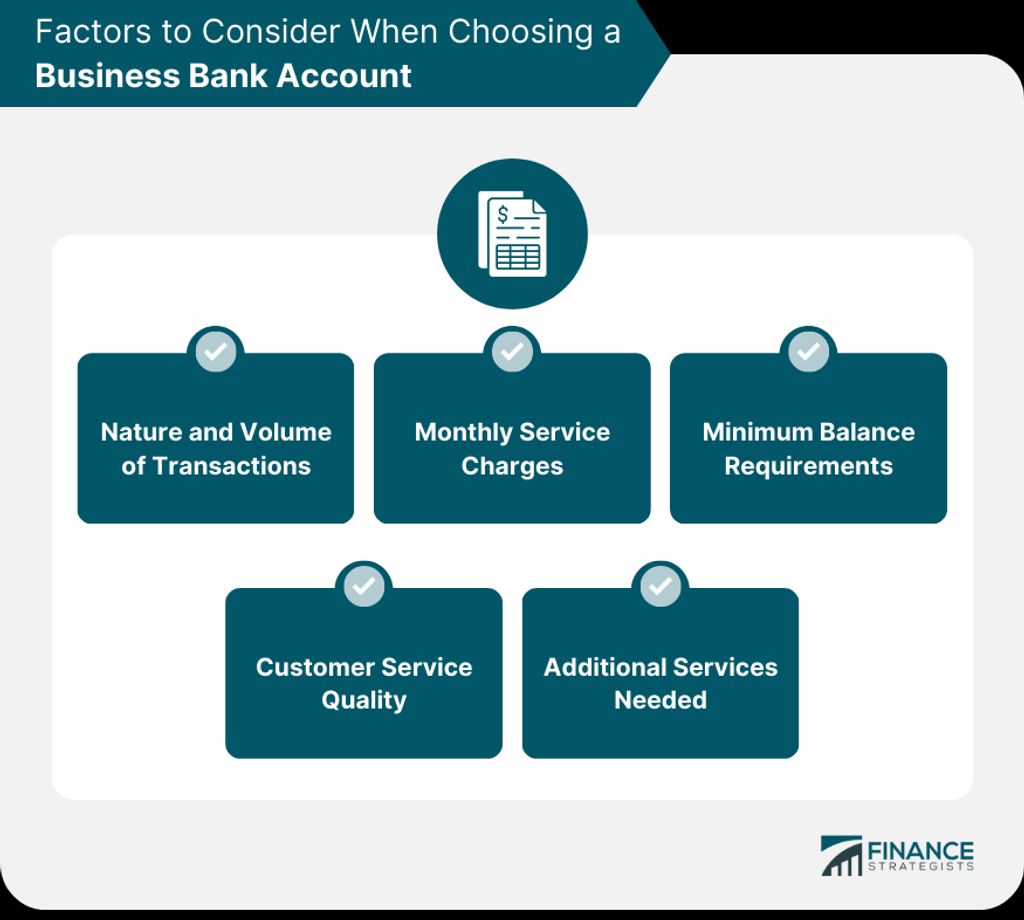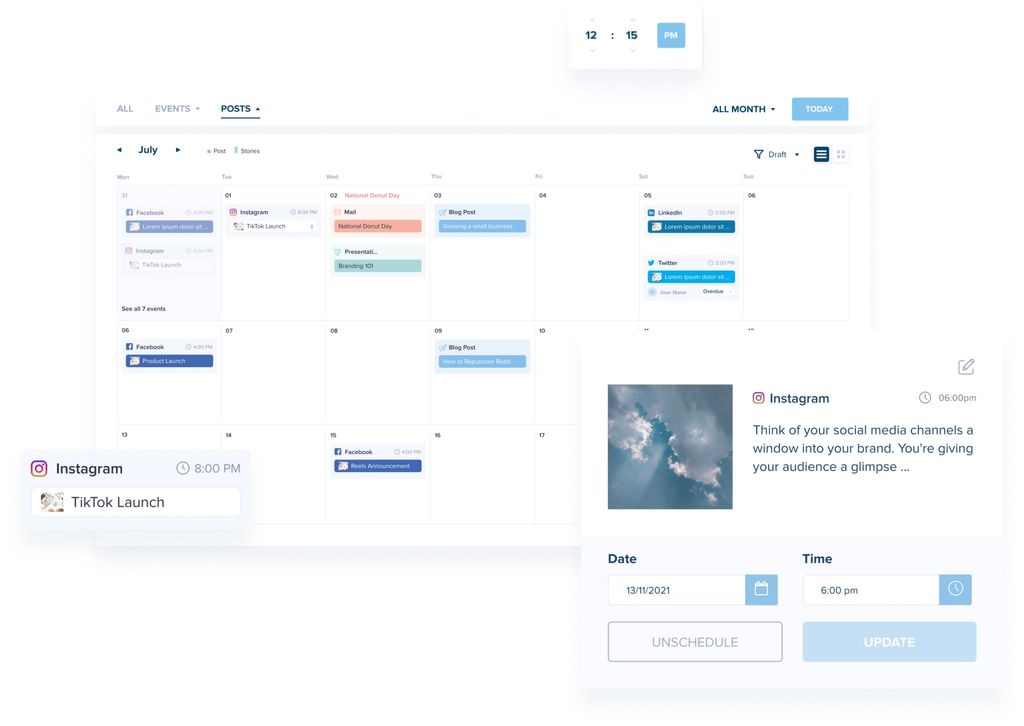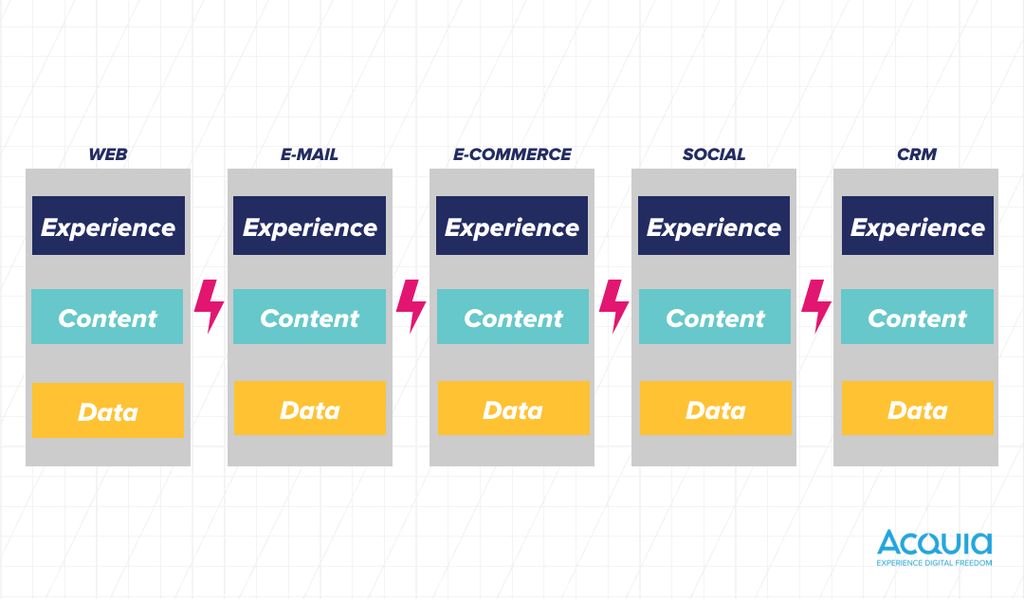
Managing bulk email effectively is crucial for secretaries who handle a large volume of emails on a daily basis. In this article, we will explore the challenges faced by secretaries when managing bulk email and provide solutions to streamline the process. By choosing the right email solution, implementing effective organization strategies, optimizing email templates and personalization, managing email lists and segmentation, automating email campaigns and follow-ups, and ensuring email deliverability and spam compliance, secretaries can efficiently manage their email workload and improve productivity.

Efficient email management is crucial for secretaries to effectively handle the high volume of emails they receive on a daily basis. It allows them to stay organized, prioritize tasks, and respond promptly to important messages. Without efficient email management, secretaries may experience overwhelm, missed deadlines, and a decrease in productivity.
Secretaries often face a number of common issues when it comes to managing bulk email. One of the main challenges is the overwhelming volume of emails that they receive on a daily basis. This can make it difficult to prioritize and respond to important messages in a timely manner. Additionally, secretaries may struggle with organizing and categorizing emails, leading to a cluttered inbox and difficulty finding specific messages when needed. Another issue is the risk of missing important emails due to the sheer volume of incoming messages. With so many emails to sift through, it's easy for important messages to get buried or overlooked.
Inefficient email handling can have a significant impact on productivity and efficiency. When emails are not organized and managed effectively, important messages can get lost or overlooked, leading to missed opportunities and delays in communication. Additionally, searching for specific emails or information within a cluttered inbox can be time-consuming and frustrating. This can result in decreased productivity and increased stress for secretaries who rely heavily on email for their daily tasks.

When choosing an email solution, there are several key features to consider:
These features will help streamline your email management process and improve productivity.
When comparing different email management tools, it is important to consider several factors:
Features: Look for tools that offer a wide range of features such as email tracking, scheduling, and integration with other productivity tools.
User Interface: A user-friendly interface can greatly enhance your productivity and make it easier to navigate through your emails.
Cost: Consider the pricing plans and whether they align with your budget and the value you expect to receive.
Customer Support: Check the availability and quality of customer support options provided by the email management tool.
Security: Ensure that the tool has robust security measures in place to protect your sensitive information.
Integration: If you use other software or systems, make sure the email management tool integrates seamlessly with them for a smoother workflow.
Remember to thoroughly evaluate each tool based on your specific needs and requirements.
When choosing an email solution, it is crucial to consider its compatibility with existing systems. Integration with other tools and software can streamline workflows and improve productivity. Here are some important considerations for integration:
By carefully considering these factors, secretaries can choose an email solution that seamlessly integrates with their existing systems and enhances their email management capabilities.

Creating folders and labels is an essential step in organizing your email inbox. By categorizing your emails into specific folders and applying labels, you can easily locate and manage your messages. Here are some tips for creating folders and labels:
By implementing a folder and label system, you can streamline your email management process and improve efficiency.
Automating email handling can greatly improve efficiency and save time for secretaries. By utilizing filters and rules, emails can be automatically sorted, labeled, and even forwarded to specific folders or individuals. This ensures that important emails are prioritized and easily accessible, while less important ones are organized for later review. Filters can be set up based on various criteria such as sender, subject, keywords, or even specific email addresses. Rules can be created to perform actions like marking emails as read, archiving them, or applying specific labels. With the right filters and rules in place, secretaries can streamline their email management process and focus on more important tasks.
Implementing a unified inbox can greatly improve email management efficiency. With a unified inbox, secretaries can access and manage all their email accounts in one place, eliminating the need to switch between multiple email clients or web interfaces. This not only saves time but also reduces the chances of missing important emails.
A unified inbox provides a centralized view of all incoming emails, allowing secretaries to quickly scan and prioritize their messages. It streamlines the email handling process by consolidating emails from different accounts into a single inbox, making it easier to stay organized and respond promptly.
To implement a unified inbox, secretaries can use email management tools that offer this feature. These tools synchronize multiple email accounts, allowing users to view and manage all their emails from a single interface. Some email solutions also provide advanced features like email filtering, sorting, and search capabilities to further enhance productivity.

When designing professional and engaging email templates, it is important to consider the following:
Tip: Personalize your email templates by including the recipient's name or other relevant information to create a more personalized and tailored experience.
Implementing these strategies will help you create email templates that are not only visually appealing but also effectively communicate your message to your recipients.
When sending emails to different recipients, it is important to customize the content to suit their specific needs and preferences. Personalization plays a key role in engaging the recipients and increasing the chances of a positive response. Here are some tips for customizing email templates:
By customizing email templates for different recipients, you can create more targeted and impactful communication.
Personalization tags allow you to dynamically insert personalized information into your emails, making them more relevant and engaging for your recipients. By using personalization tags, you can address your recipients by their name, include their company name, or even reference their recent interactions with your brand. This level of personalization helps create a more personalized and tailored experience for your recipients, increasing the chances of engagement and conversion.
In addition to personalizing the recipient's information, personalization tags can also be used to dynamically insert other relevant content. For example, you can use personalization tags to insert product recommendations based on the recipient's previous purchases or browsing history. This allows you to deliver targeted and customized content that is more likely to resonate with your recipients.
When using personalization tags, it's important to ensure that the data you are using is accurate and up-to-date. Outdated or incorrect information can lead to a negative user experience and may even result in the recipient unsubscribing from your emails. Therefore, it's crucial to regularly update and maintain your data to ensure the effectiveness of your personalization efforts.

Building and maintaining clean email lists is crucial for effective email communication. By ensuring that your email lists are up-to-date and free from invalid or inactive email addresses, you can improve deliverability and engagement rates. Here are some best practices to follow:
Tip: Regularly reviewing and updating your email lists will help you maintain a high-quality subscriber base and improve the effectiveness of your email campaigns.
Segmenting email lists is a crucial strategy for achieving targeted communication with your recipients. By dividing your email list into smaller segments based on specific criteria, you can tailor your messages to better meet the needs and interests of each group. This personalized approach can significantly improve engagement and conversion rates.
Segmentation can be done based on various factors, such as demographics, purchase history, engagement level, or interests. Here are some effective ways to segment your email lists:
Segmenting your email lists not only improves the effectiveness of your campaigns but also helps you build stronger relationships with your subscribers. It shows that you understand their needs and are delivering relevant content that adds value to their inbox.
Pro Tip: Regularly review and update your segments to ensure they remain relevant and effective. As your subscribers' preferences and behaviors change, adjusting your segments will help you maintain the highest level of personalization and engagement.
Implementing a double opt-in process is an effective way to ensure that your email list consists of engaged and interested subscribers. With double opt-in, subscribers are required to confirm their email address by clicking on a verification link sent to their inbox. This extra step helps to eliminate fake or mistyped email addresses, resulting in a cleaner and more responsive list.

Setting up automated email campaigns can greatly improve the efficiency and effectiveness of your email marketing efforts. By automating the sending of emails based on predefined triggers or actions, you can ensure that your subscribers receive timely and relevant content. Here are some key steps to consider when setting up automated email campaigns:
Drip campaigns are a powerful tool for nurturing leads and staying engaged with your audience. By sending a series of targeted emails over a period of time, you can build relationships, provide valuable information, and encourage action. Here are some key considerations when creating drip campaigns:
Define your goals: Before starting a drip campaign, clearly define what you want to achieve. Whether it's converting leads into customers, promoting a new product, or re-engaging inactive subscribers, having a clear goal will help you create relevant and effective content.
Segment your audience: To ensure your drip campaigns are personalized and relevant, segment your audience based on their interests, behavior, or demographics. This allows you to tailor your messages to specific groups and increase the chances of engagement.
Plan your content sequence: Map out the sequence of emails in your drip campaign to create a logical flow of information. Start with an introduction or welcome email, followed by emails that provide value, address pain points, and offer solutions.
Tip: Use a mix of educational content, promotional offers, and calls to action to keep your audience engaged and motivated.
Implementing drip campaigns can significantly improve your follow-up efforts and drive better results. By delivering targeted and timely messages, you can nurture leads, build trust, and ultimately increase your chances of success.
Monitoring and analyzing the performance of your email campaigns is crucial to understanding their effectiveness and making data-driven decisions for improvement.
To effectively monitor and analyze email campaign performance, consider the following:
Tip: Regularly track and compare these metrics to identify trends and patterns. Use A/B testing to experiment with different elements of your emails and optimize their performance.
By monitoring and analyzing email campaign performance, you can make informed decisions to improve engagement, increase conversions, and achieve your email marketing goals.

When it comes to ensuring the deliverability of your emails, there are several best practices to keep in mind:
Maintain a Clean Email List: Regularly clean your email list by removing inactive or invalid email addresses. This helps improve deliverability and reduces the chances of your emails being marked as spam.
Personalize Your Emails: Adding personalization to your emails, such as using the recipient's name, can improve engagement and reduce the likelihood of your emails being flagged as spam.
Avoid Spam Triggers: Be mindful of common spam triggers, such as using excessive capitalization, misleading subject lines, or excessive use of exclamation marks. Avoiding these triggers can help improve deliverability.
Monitor Sender Reputation: Regularly monitor your sender reputation to ensure that your emails are being delivered successfully. If your reputation is low, take steps to improve it, such as engaging with your subscribers and avoiding spam complaints.
Remember, following these best practices can help increase the chances of your emails reaching the intended recipients' inboxes and improve overall deliverability.
To ensure that your emails do not get flagged as spam, it is important to be aware of common triggers that can cause deliverability issues. By avoiding these triggers, you can increase the chances of your emails reaching the recipients' inbox.
Here are some common spam triggers to avoid:
Remember, maintaining a good sender reputation is crucial for email deliverability. By following these best practices, you can minimize the risk of your emails being marked as spam and ensure that your messages reach the intended recipients.
Monitoring and maintaining sender reputation is crucial for ensuring the deliverability of your emails. Sender reputation refers to the reputation of the IP address or domain that is sending the emails. It is determined by various factors, including the quality of your email list, the engagement of your recipients, and your compliance with email best practices.
To effectively monitor and maintain sender reputation, consider the following:
Monitor email deliverability: Regularly check your email deliverability rates and identify any issues that may be affecting your sender reputation. Use email deliverability tools to track your email performance and make necessary adjustments.
Manage email complaints: Pay attention to any spam complaints or unsubscribe requests from recipients. Address these complaints promptly and ensure that your email content and practices comply with anti-spam regulations.
Tip: Implement a feedback loop with ISPs to receive notifications about complaints and take immediate action.
Authenticate your emails: Implement email authentication protocols such as SPF, DKIM, and DMARC to verify the authenticity of your emails. This helps prevent spoofing and improves your sender reputation.
Maintain a clean email list: Regularly clean your email list by removing inactive or unengaged subscribers. This helps improve your email deliverability and ensures that you are sending emails to engaged recipients.
Tip: Implement a re-engagement campaign to win back inactive subscribers before removing them from your list.
By proactively monitoring and maintaining your sender reputation, you can enhance the deliverability of your emails and improve the effectiveness of your email campaigns.
In conclusion, effective management of bulk email is crucial for secretaries to ensure efficient communication and productivity. By utilizing the right email solution, secretaries can streamline their email workflow, automate repetitive tasks, and improve organization. Email management tools provide features such as email templates, scheduling, and filtering to help secretaries handle large volumes of emails with ease. Additionally, implementing best practices such as setting up folders, using filters, and prioritizing emails can further enhance email management. With the right strategies and tools in place, secretaries can effectively manage bulk email and optimize their productivity.
To efficiently manage a large volume of emails, it is recommended to use an email solution that offers features like folders and labels for sorting, filters and rules for automation, and a unified inbox for streamlined access.
When choosing an email management tool, key features to consider include robust organization capabilities, advanced search functionality, email templates and personalization options, and integration with existing systems.
To effectively organize your emails, you can create folders and labels for efficient sorting, utilize filters and rules to automate email handling, and implement a unified inbox for easy access to all your emails.
To personalize your bulk emails, you can design professional and engaging email templates, customize the templates for different recipients, and utilize personalization tags for dynamic content.
Managing email lists involves building and maintaining clean email lists, segmenting the lists for targeted communication, and implementing double opt-in for better list management.
Yes, you can automate email campaigns and follow-ups by setting up automated email sequences, creating drip campaigns for effective follow-ups, and monitoring the performance of your email campaigns.